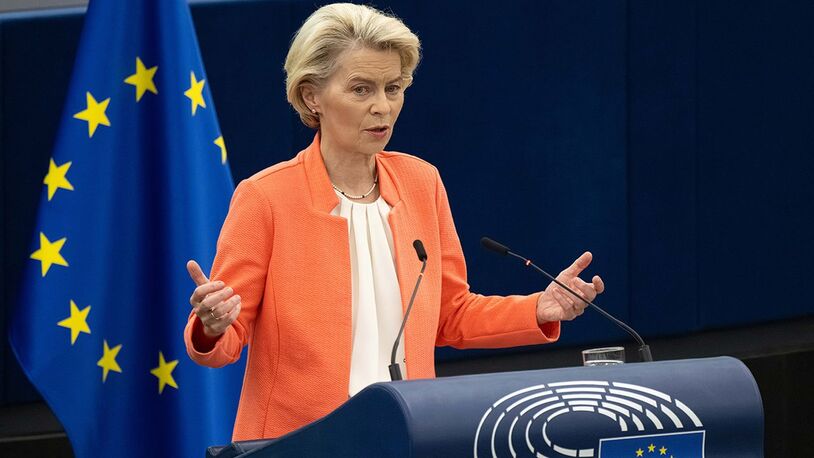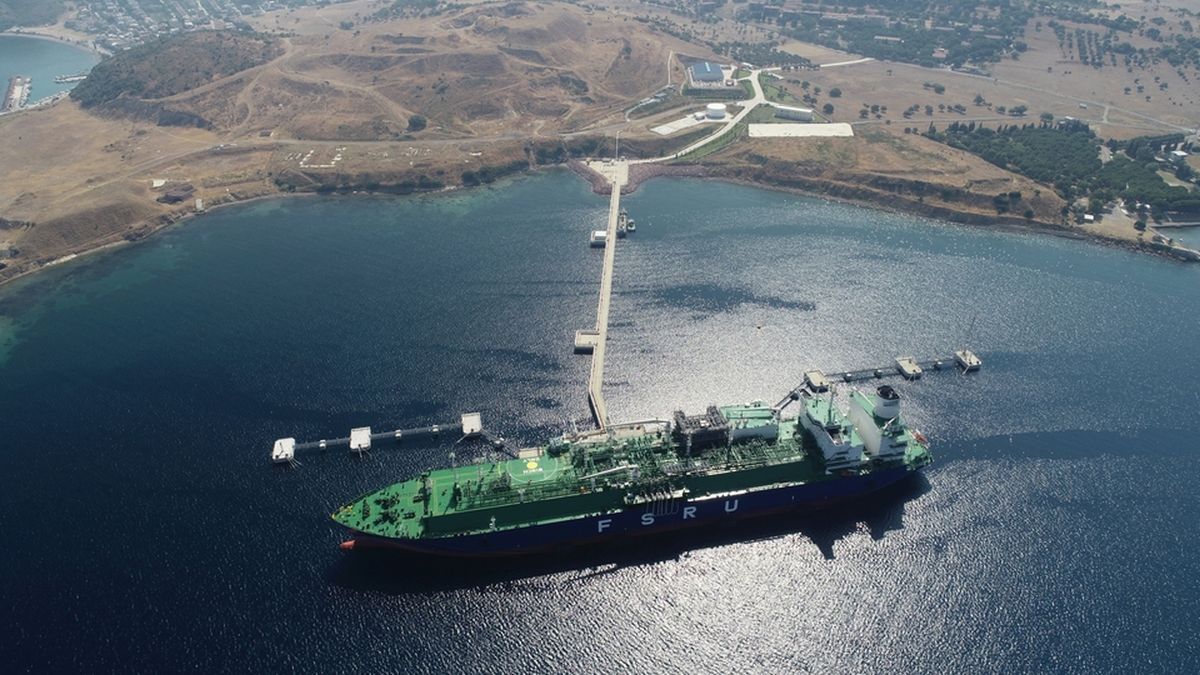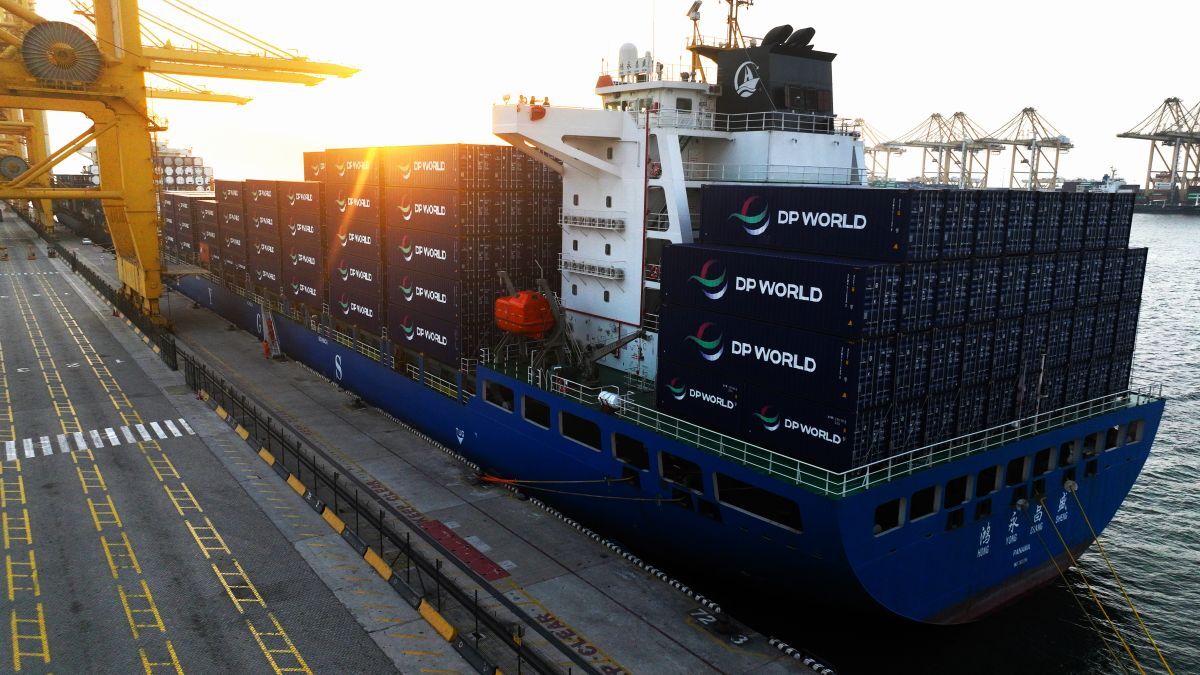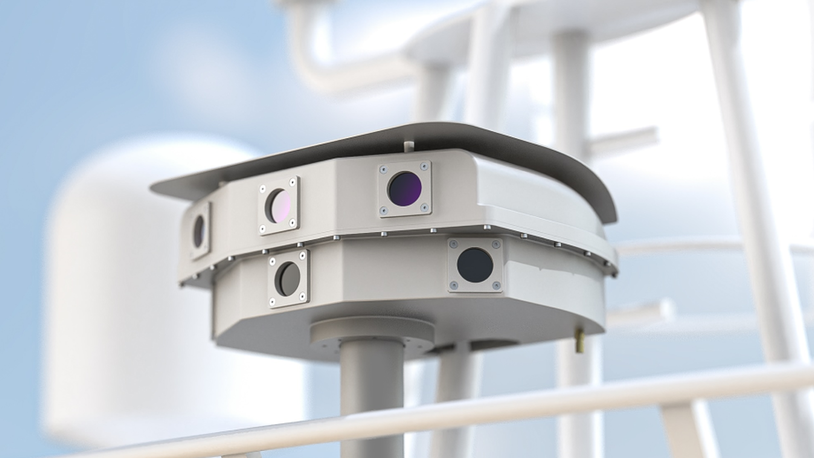Business Sectors
Contents
When will container freight and charter markets come in to land?
Transpacific volumes reached a record high in Q4 2020 and the strength is expected to persist into the third quarter of the year
Halfway through Q1 2021, a slight pull-back in spot freight rates on East-West trades has provided tentative guidance for when airborne container ship markets will commence their descent.
The latest Horizon Monthly Containerships report from Maritime Strategies International (MSI) notes that, with carrier booking volumes reportedly still strong, several months of further port congestion to contend with and uncertainty over the scale of pent-up demand post-Lunar New Year, nothing is yet set in stone.
Unseasonal strength in container volumes and port congestion have buoyed freight markets while in the timecharter markets, demand for vessels has outstripped wider growth in container trade, conditions that are expected to endure at least into H2 2021.
With the proportion of the container ship fleet sat idle at approximately 1%, MSI’s container ship Timecharter Rate Index has reached its highest level since 2007. As of 18 February, the SCFI Comprehensive Index sat at US$2,826/TEU, up 2% since end-2020 and 210% higher year-on-year. The broader CCFI Comprehensive Index is up 24% since end-2020 and 120% higher year-on-year. US demand for goods from the Far East continues to be the root cause of wider market dislocations and shortages of equipment and vessels. Asia-US volumes reached over 5M TEU in Q4 2020, the highest level on record.
“A colossal volume of goods has been imported into ports that are generally less productive than major European or Chinese counterparts, and over distances that favour the use of midsize vessels for which there is a liquid timecharter market,” says MSI container shipping analyst Daniel Richards.
“It is possible that a comparable surge on the Asia-Europe trade would have led to similar outcomes, but it is the pace at which transpacific volumes cool and port congestion is reduced that will do most to determine the timing of a market correction.”
Looking ahead, MSI expects the US demand surge to continue into Q2 2021 due to back-orders accumulated over Lunar New Year, as well as a fresh round of US stimulus payments. Since port executives at the key US terminals expect ongoing congestion some way into Q2 2021, MSI believes the Transpacific market will absorb an abnormal volume of tonnage for the next three to four months at least.
“While market balances on other major trades will likely loosen sooner and carriers will face less urgent needs to inject capacity, similar timecharter market dynamics can be expected until Q3 2021,” added Mr Richards.
“At this point we believe T/C rates will fall, likely preceded by freight rate indicators. Asset values, which have risen from a lower relative position, will see a delayed reaction but will still fall in H1 2021,” he concluded.
Riviera will provide free technical and operational webinars in 2021. Sign up to attend on our events page
Related to this Story
Events
Maritime & Offshore Community Golf Day 2025
Offshore Wind Webinar Week
Maritime Decarbonisation, Europe: Conference, Awards & Exhibition 2025
Offshore Support Journal Conference, Americas 2025
© 2024 Riviera Maritime Media Ltd.














